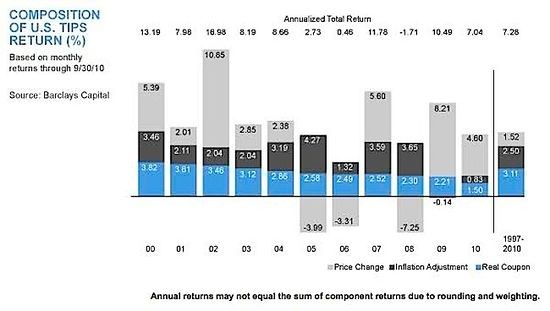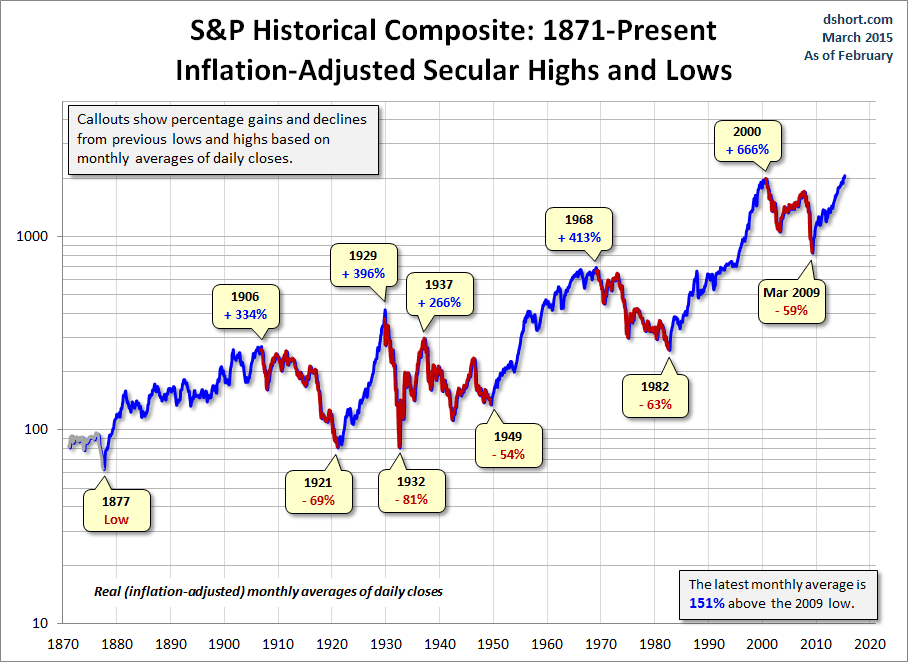Tips for InflationAdjusted Bond (TIPS) ETFs (ITIP TIPZ LTPZ TDTT)
Post on: 8 Октябрь, 2015 No Comment

Lots of people win when expectations for interest rate hikes dwindle. Home builders and buyers, automakers and even credit card companies make out. But holders of Treasury Inflation-Protected Securities (TIPS) aren’t on the list. (For more, see: Introduction To Treasury Inflation-Protected Securities ).
As 2014 wound down, returns on exchange-traded funds (ETFs) linked to TIPS were mostly modest. All but one of the 14 TIPS ETFs traded in a narrow range for the year. Returns ranged from -4.5% for the iShares International Inflation-Linked Bond Fund ETF (ITIP ), to 2.8% for the PIMCO Broad U.S. TIPS ETF (TIPZ ), according to ETF Database. There’s only one outlier: The 18% return for the PIMCO 15 Year US TIPS Index ETF (LTPZ ), whose focus on Treasuries with 15 years or more to maturity makes it different from its competitors. TIPS ETFs have about $20 billion in assets, according to ETF Database. Only five of the 14 funds were in the black in 2014.
Inflation Expectations
Inflation expectations are staying stubbornly muted, especially as the price of oil stays low. At a December press conference, Federal Reserve Chair Janet Yellen noted that inflation is still well below the 2% target at which the central bank would be likely to begin raising interest rates and that oil’s drop has at least temporarily slowed inflation further. Without inflation expectations there is not much reason to pay a premium for bonds that come with inflation protection. (For more, see: Janet Yellen: Background and Philosophy ).
Benchmarks for Treasuries without inflation protection are doing at least as well as most TIPS ETFs. The S&P/BGCantor 3-5 Year U.S. Treasury Bond index was up 2% for the year through December 26, beating medium-term focused ETFs like the iBoxx 3-Year Target Duration Index Fund ETF (TDTT ) which was down -2.7% and the PIMCO 1-5 Year U.S. TIPS ETF (STPZ ) which was down -2.5%.
Loading the player.
Bonds with maturities between five and seven years have returned about 4.5% and longer-dated bonds have been the stars. The index for bonds of 20 or more years rose 26% in 2014, as the interest rate on 30-year Treasuries has actually dropped even though the pace of U.S. economic growth has picked up sharply. That beats the performance of the long-maturity focused PIMCO fund handily. (For more, see: The Importance of U.S. Treasury Rates ).
The issue with TIPS is that you have to go farther and farther out on the calendar to find meaningful inflation expectations. The central tendency of inflation projections submitted by members of the Fed’s Open Market Committee in December is 1.0 to 1.6% in 2015 and approaching the target rate only in 2017. Surveys by the European Central Bank show that markets don’t expect inflation there to reach 2% even by 2019.
Markets have reached the same conclusion. The 5-Year/5-Year Forward Inflation Expectation rate has dropped by more than 50 basis points since August to 2.10%. Even 10-year Treasury rates are down 80 basis points in the past year, though they are 35 basis points higher than their October lows. Thirty-year rates have fallen 114 basis points.
Inflation expectations are only barely building and seem to reflect a consensus that even a normalizing economy will still feature low inflation and cheap interest rates. Since November, yields on short-dated Treasuries have risen, with the one-year bond paying a little more than 0.25%, reflecting the consensus that the Fed will move off of its zero-rate policy in 2015 – but only modestly. (For more, see: What’s the highest year-over-year inflation rate in the history of the U.S.? ).
European Sovereign Debt

Another factor holding down returns is the shaky confidence in European sovereign debt. The iShares International Inflation-Linked Bond ETF (ITIP ) counts bonds from Brazil, France and Italy as its six biggest holdings. Moody’s Investor Service cut France’s bond rating in November and Italy’s in December and announced a negative outlook for Brazil’s debt in September. Italian bonds stabilized shortly after the rating cut on speculation that the European Central Bank will begin buying Italy’s sovereign debt heavily, but Europe’s economy still faces major head winds.
“The eurozone has only seen balance sheet repair in the periphery — notably Spain and Ireland — but these improvements are outweighed by the lack of deleveraging in France and Italy, Invesco Ltd. (IVZ ) chief economist John Greenwood wrote in December. “I believe eurozone growth will continue to bump along the bottom. No indicators — monetary, fiscal or structural — point to the start of a genuine business cycle upturn.” (For more, see: How Eurozone Debt Benefits Americans ).
Fees
Like other ETFs, funds that specialize in TIPS have low fees. The cheapest, the Schwab U.S. TIPS ETF (SCHP ), charges only 0.07% of assets annually. The most expensive, the PIMCO Global Advantage Inflation-Linked Bond Active ETF (ILB ), charges 0.6% in addition to having category worst 2014 returns. The average expense ratio is 0.26%, according to ETF Database. Most of the major ETF sponsors have products in this category.
The Bottom Line
No inflation, no reason to buy TIPS ETFs. Funds that invest in U.S. Treasuries are doing better than international funds that mostly dominate the bottom of the standings, but low inflation will keep them from generating significantly better returns than regular bonds any time soon. There are a number of better options for clients who want to balance capital preservation and income. (For more, see: Top 5 Bond ETFs ).














